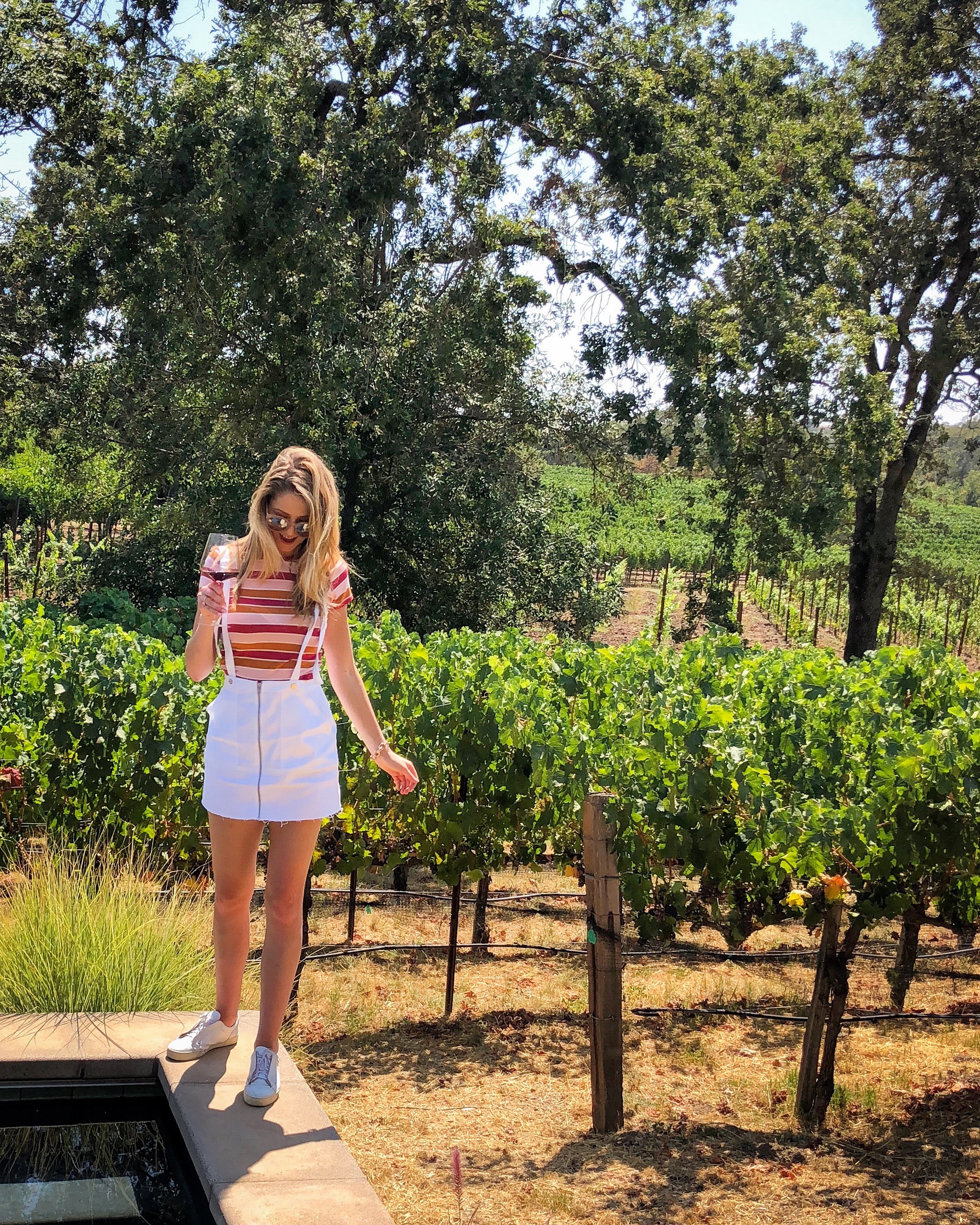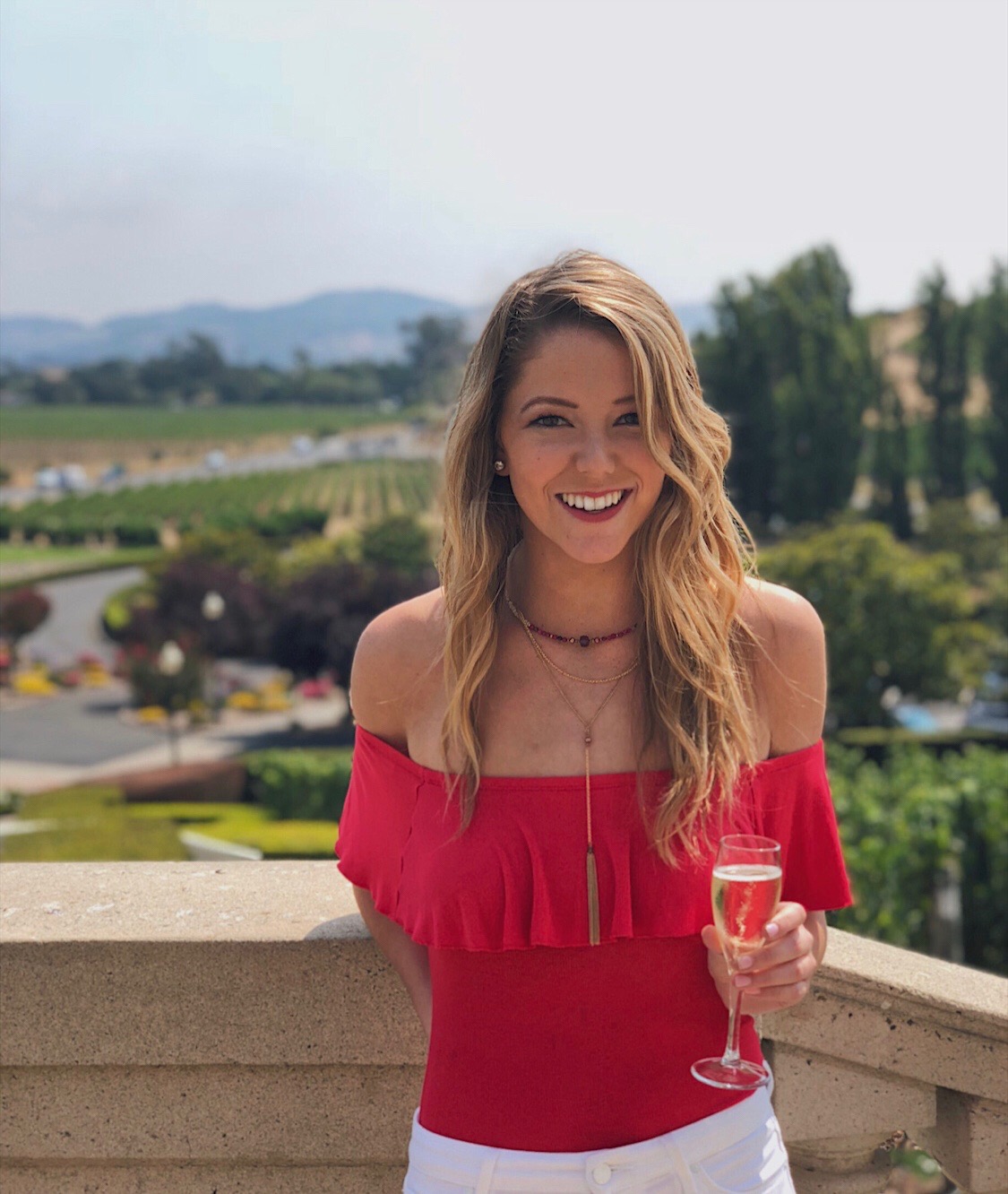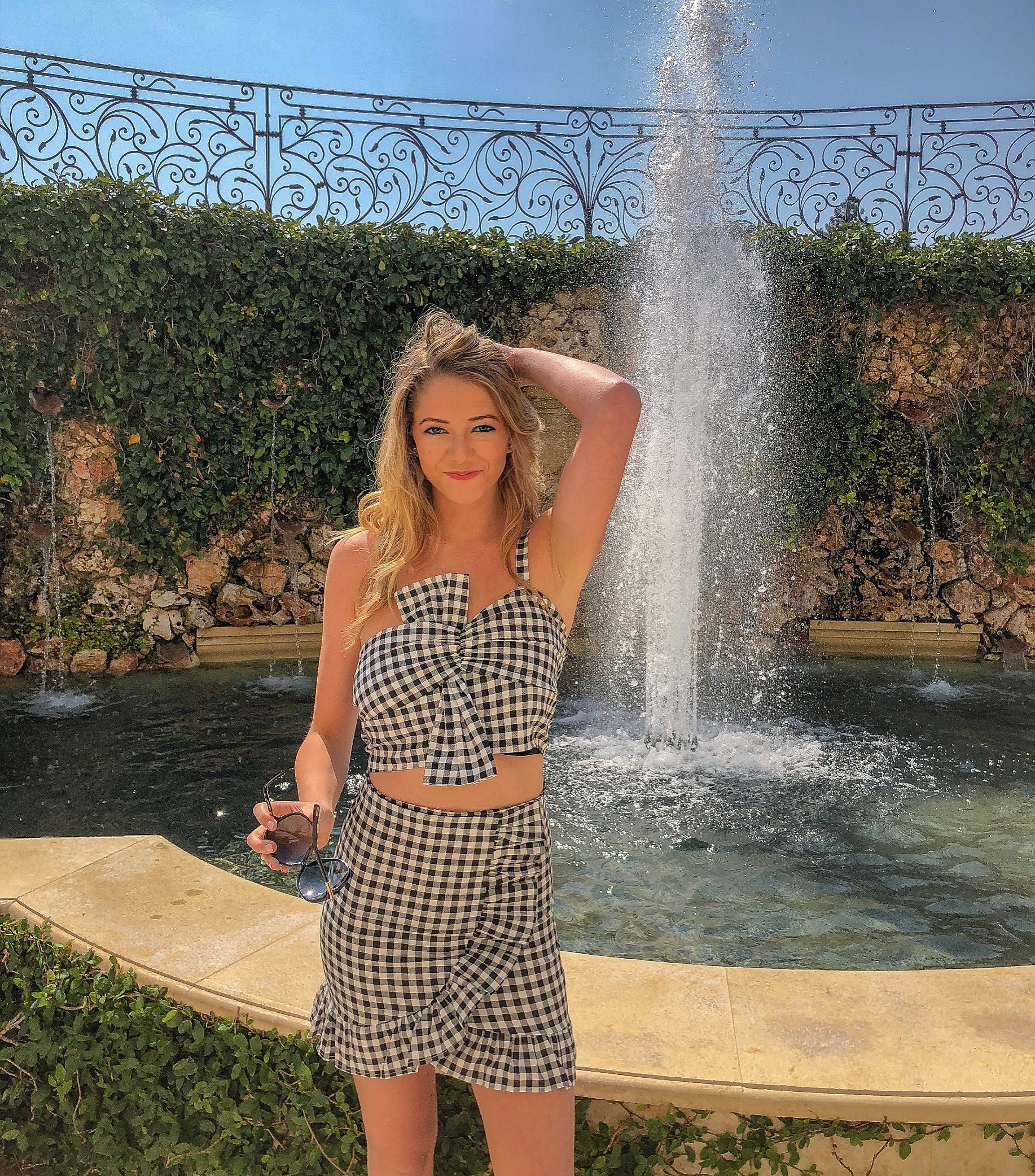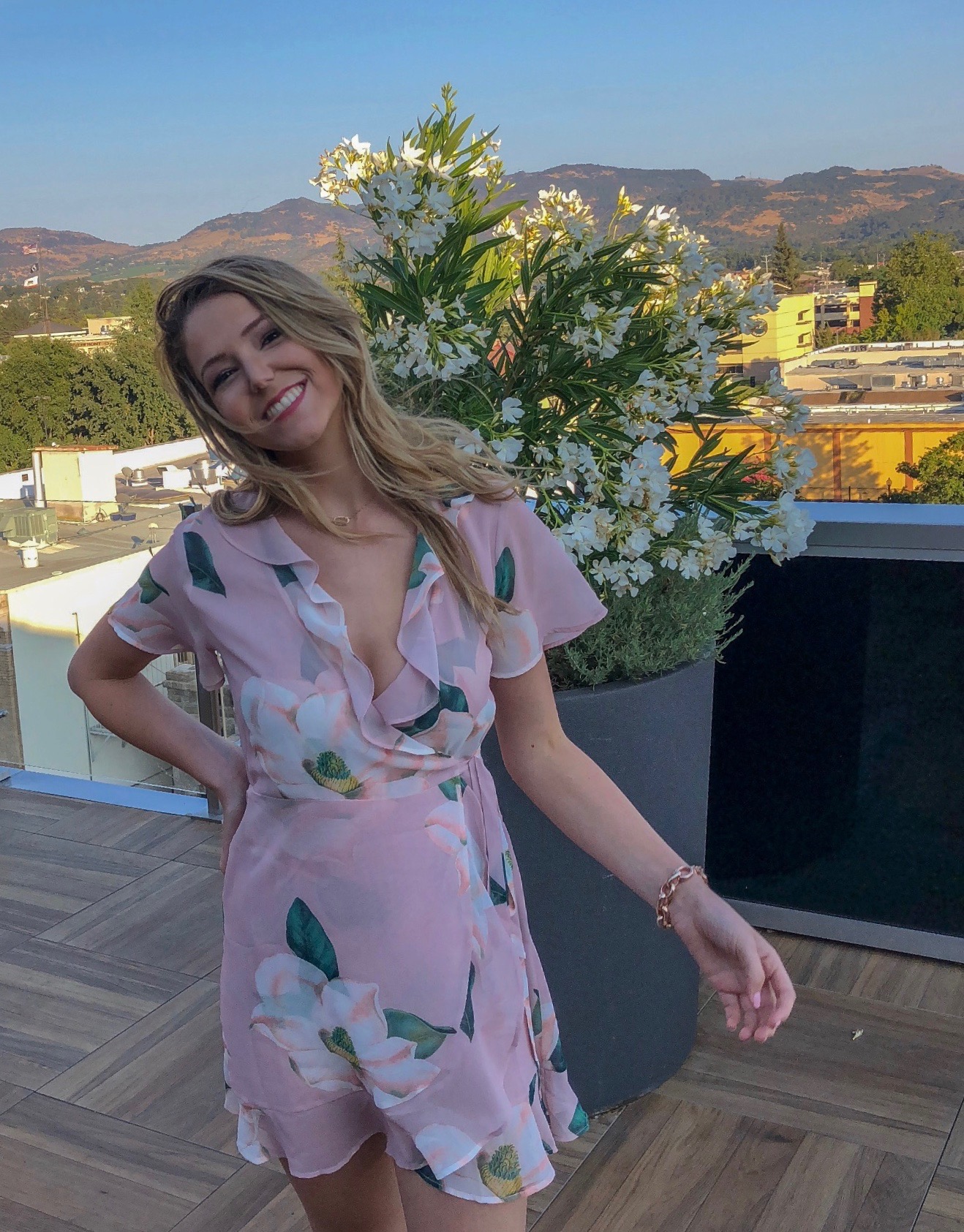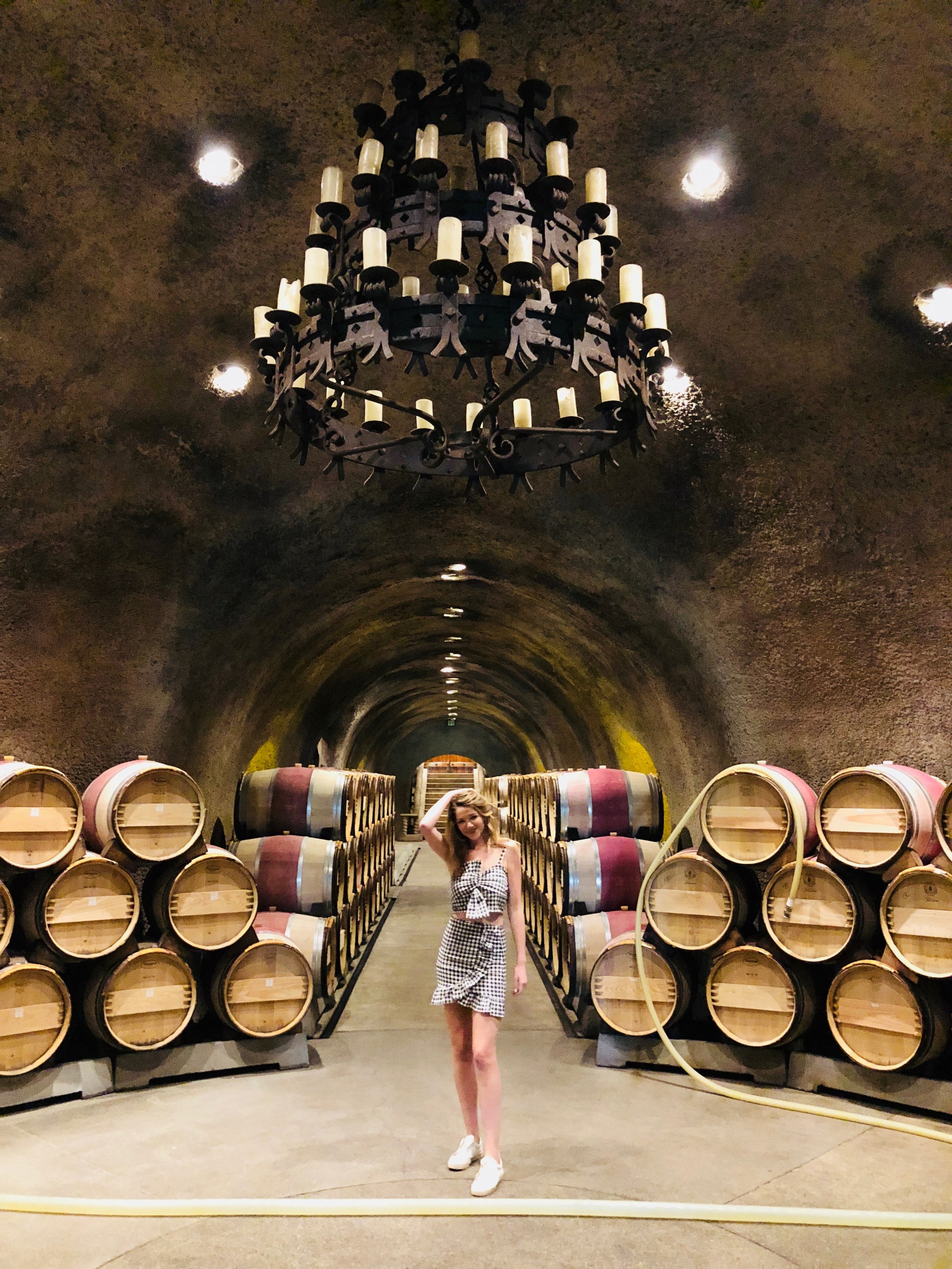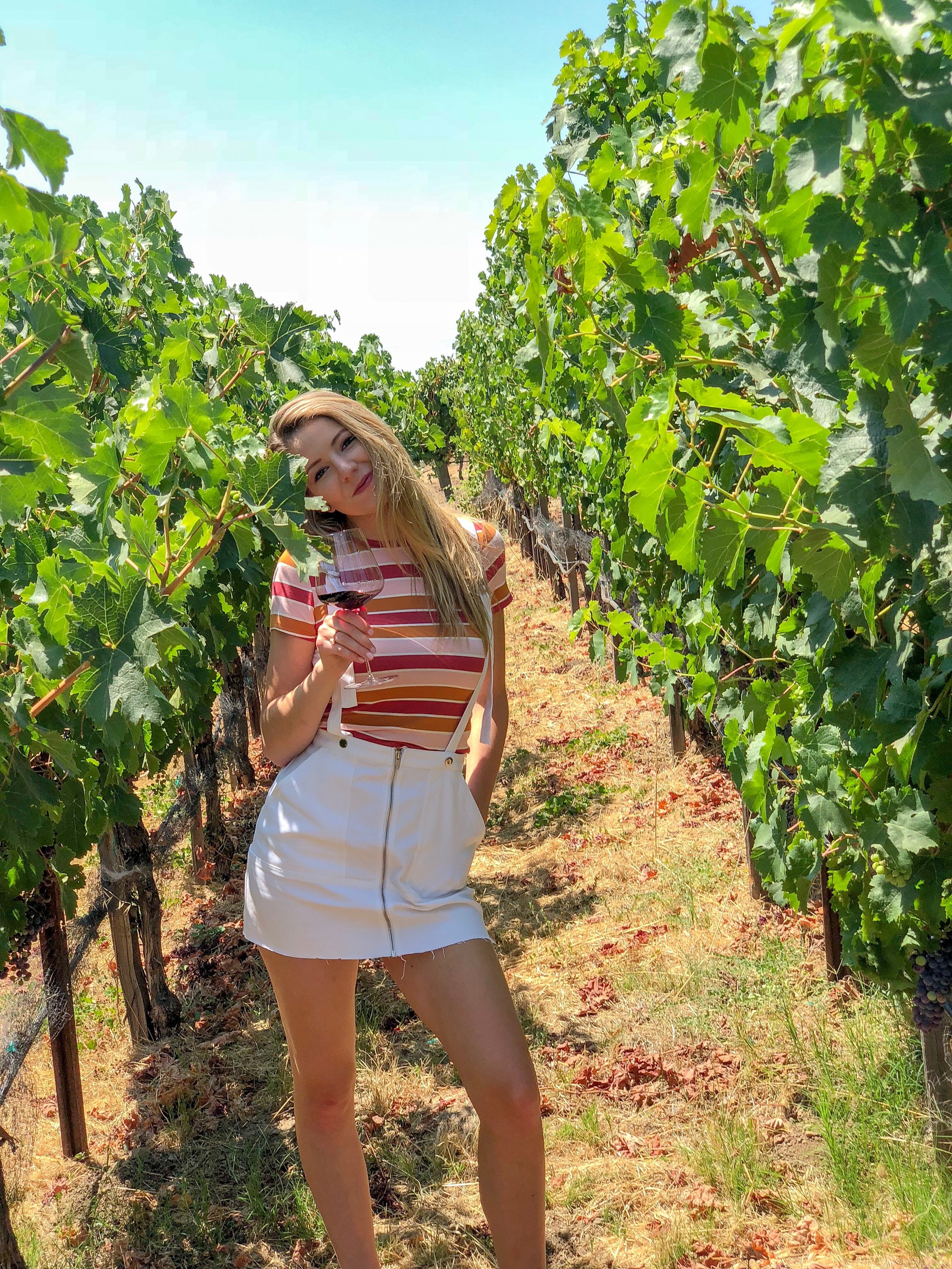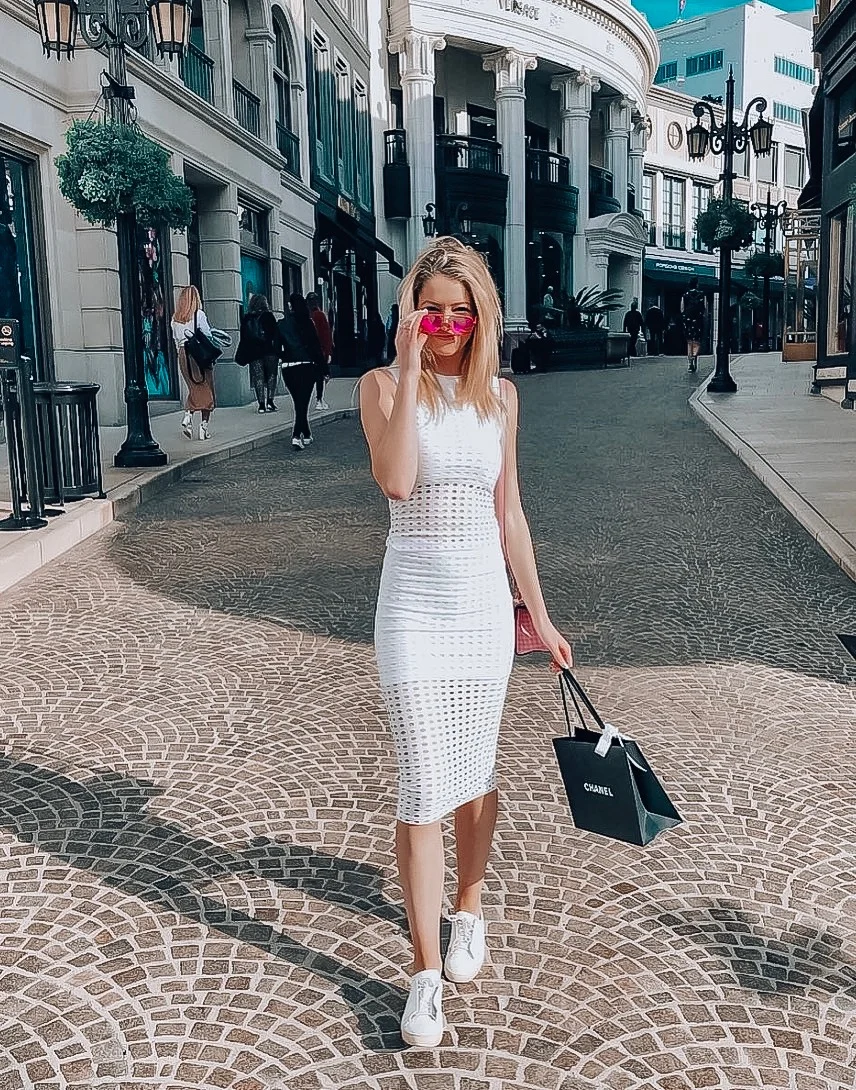Wine Wednesday
Happy (wine) Wednesday! Grab a glass & sit back because this post is something we all can get behind… WINE. Oh yes, we’re talking vino, bubbly, vin -- which if you’re like me, is a drink of choice. In fact, I am currently in Napa Valley, CA -- doing researching of course!
Now what if I told you that almost 30% of all alcohol consumed is fake… and about 20% of international sales are from counterfeit wine. Ohmiiiigawd EW!
For years, people and companies all around the world have been searching for a solution, but with little luck… until now.
**Cue Blockchain solutions**
Recently, I had the pleasure of speaking to Maureen Downey, CEO and Founder of Chai Vault – an unprecedented solution for securing the authenticity and provenance of fine wine. Having partnered with Everledger, the global ledger used to track and verify the provenance of valuable items (see my recent article on the Everledger and the diamond industry here), Downey has created The Chai Method, which is certified on the blockchain and creates a permanent, digital record of provenance that can be accessed throughout a bottle’s entire lifetime journey -– regardless of how many times a bottle re-enters the wine (or wine auction) market.
When I spoke on the phone to Maureen Downey, I was mesmerized by her story. Having become a certified sommelier at 21, around year 2000 she started working in wine auctions. After receiving multiple calls to check on the authenticity of certain wine bottles from a man named Rudy Kurniawan, she began to realize he was a counterfeiter of wine. This man was calling to make sure he wasn’t buying his own fake bottles!! WHAT?! He had created and sold over $150 million in counterfeit wine. Downey eventually teamed up with the FBI to help catch the crook. In fact, you can watch the movie on Rudy and Downey, Sour Grapes, on Netflix. Trust me, this one is anything but a boring documentary. Talk about a BA (bad a$$) woman!
So, Downey took the counterfeit wine problem to the next level. She started looking at a forensic level – what paper the labels were made of, who the glassblowers were, etc. As someone who manages collections/buys a lot of wine, it was obvious there was a huge inefficiency in the wine industry. Let’s go through a little rundown of the process…
Every time a bottle is sent to a market, it has to be re-authenticated. People would literally buy these $$$$$ bottles of wine, pour out some of the wine (if not all of it), refill it up with fake stuff, and try to resell it on the market. If you paid $2,000 for a super old amazing bottle of wine, you’d probably be pretty pissed too if you found out it was fake.
Downey wanted to find some way a bottle could be authenticated one time and have that count moving forward, so the labor only had to happen once. She wanted to not only be able to demonstrate a bottle’s authenticity, but also a bottle’s provenance -- for as she said, “authenticity is nothing without provenance.” Downey had been looking for a long-term solution that could share the provenance and authenticity with potential buyers prior to buying.
If you know anything about technology, some of you might be thinking that things like QR codes or proof tags could solve these issues… but in actuality, any single layer technology can also be counterfeited. For example, proof tags can be 3D printed these days and while they might give a visual reassurance to the owner, they do not give transparency. That’s like counterfeiting the counterfeiting!
So... Why blockchain?
As we know after reading my Blockchain Guide for the (Not So) Dumb Blondes, it is immutable, timeless, and a distributed ledger. It can allow us to certify a bottle including the time of production, shipping info about the bottle, images, and more, all in the ledger. Think about buying a bottle from a wine auction. When the auction house goes to sell the wine, the wine house can add the URL and the buyer can then see who authenticated the bottle, on what day, what is the bottle’s condition, and any provenance history – you’ll know exactly where it has been for at least the past 5 or 6 years. Wine would be able to be tracked down to the distribution level and much further.
Now, think about your favorite bottle of wine. Where is it from? There is a chance it is made in Napa Valley or Sonoma (or another English native speaking place), but there is also a really good chance it is from France, Argentina, Italy, Greece, or else where. Surprise, surprise – the entire world and all of it’s people are not technologically savvy! There are still French producers, for example, that hand write their serial codes. And YOU thought it was difficult to understand blockchain…. Good luck getting those people on board. Downey says only about 10 of every 100 people in the wine industry may have heard of blockhain.
One of my biggest questions was expense. Doesn’t it cost a lot to put a bottle of wine on the blockchain? Turns out, the answer is “not really”. It is actually only a couple of dollars a bottle! The main difficulties of implementation come from the capital risk when it comes to investments. Like anything new, there is still plenty of doubt and hesitation when it comes to putting up the big bucks to invest.
However, the first bottle has already been secured – a 2001 Margaux – which can be valued around $1,000 (depending) per bottle. Maybe that payoff for the capital risk of investment isn’t such a bad idea after all…
Disclaimer: the feature photo is from the Yarra Valley in Australia. However, here are a few pictures from my trip to Napa! Can anyone name the wineries?


